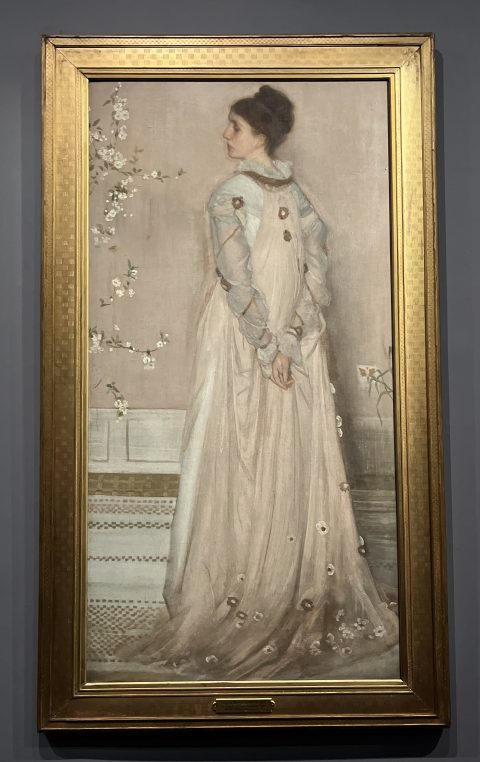
“Symphony in Flesh Colour and Pink: portrait of Mrs Frances Leyland”, 1871-1874, New York, The Frick Collection
I was overexcited by the announcement of the Frick collection’s James McNeill Whistler chefs d’oeuvre coming to Musée d’Orsay for three months and if you are too, don’t rush. The exhibition is minimal with four paintings, three pastels and a few more prints of Venice. And you probably know most of them anyway. The other disappointment was that Christophe Leribault, the new president of Orsay, was nowhere to be found. How sad. At Petit Palais he used to conduct the visit, in the most charming way, and introduced foreign curators. But I was nevertheless relieved to see that the museum had not been hurt by the huge fire which, last night, burned part of Hotel de Seignelay, a few hundred meters away on rue de Lille, next to the German Embassy, which is also totally safe thanks to the intervention of 150 firemen.
All the works from the Frick were collected and bequeathed by Henry Clay Frick and they are stunning even as presented on the dreary grey and claret decor of the room. The artist’s mother painted in 1871 is part of the collection of Orsay thanks to the insistence of poet Mallarmé at the time, and faces the grand Robert de Montesquiou portrait “en pied” with Mrs Frances Leyland and Miss Rosa Corder on both sides. The Symbolist dandy was fascinated by Whistler who chose to paint him wearing over his arm, a chinchilla fur coat which belonged to his cousin Comtesse Greffulhe.
Born in Lowell, MA, he lived in Stonington and Springfield, Ct, before moving to St Petersburg in 1843, with his father who was a railway engineer and had been lured to Russia by Emperor Nicholas 1 to build the St Petersburg-Moscow line. He enrolled at the Imperial Academy of Arts at 11. He then moved to London with his mother and was back in Connecticut when his father died very young. Whistler lived for four years in Paris between 1855 and 1859 and befriended Courbet, Fantin-Latour and Legros before moving back to London where he lived mostly until his death in 1903.
In 1891, he accepted to sell to Musée du Luxembourg, “Arrangement in grey and black n°1”, the portrait of his mother, which he considered to be his masterpiece. He was hoping the painting would be in the Louvre. It is now one of the treasures of Musée d’Orsay.
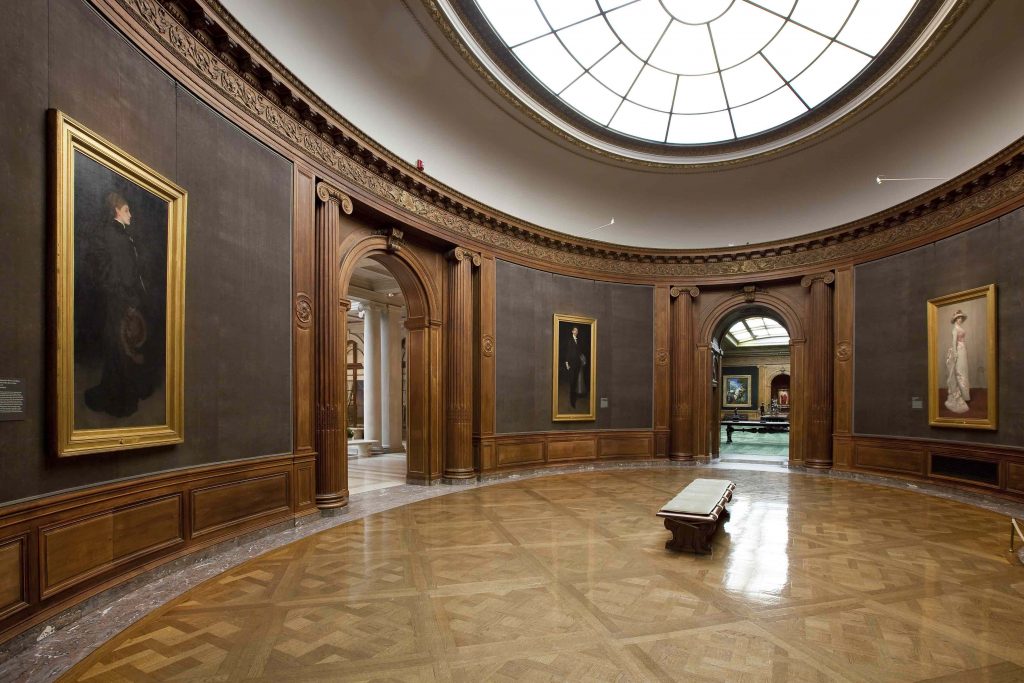
The Oval room at The Frick Collection, with “Arrangement in brown and black, Portrait of Miss Rosa Corder”, “Arrangement in black and gold: Comte Robert de Montesquiou-Fezensac” and “Harmony in Pink and Grey: Portrait of Lady Meux” , photo Michael Bodycomb
The prints of Venice commissioned by The Fine Art Society in 1879 are all technically very interesting and he spent more than a year discovering the city and its islands, also using pastel on brown paper.
But I was pretty frustrated when leaving the room so I suppose I concentrated better on the multiple photos of Denise Zola by her father, writer Emile Zola, shot in Verneuil-sur-Seine and exhibited in the adjacent room. Between 1899 and 1902, when he died (at 62), he took more than a hundred close up portraits of his daughter aged 9-13 which were kept on glass negatives and recently restored.
While walking around the alleys of the magical museum, I discovered four paintings by Ernest Hébert (1817-1908) which could have been part of the exhibition “True to Nature” at Fondation Custodia. Also a large rock in Kurdistan painted by Jules Laurens in 1880 and Jean Jacques Henner’s , “La Chaste Suzanne”, 1864.
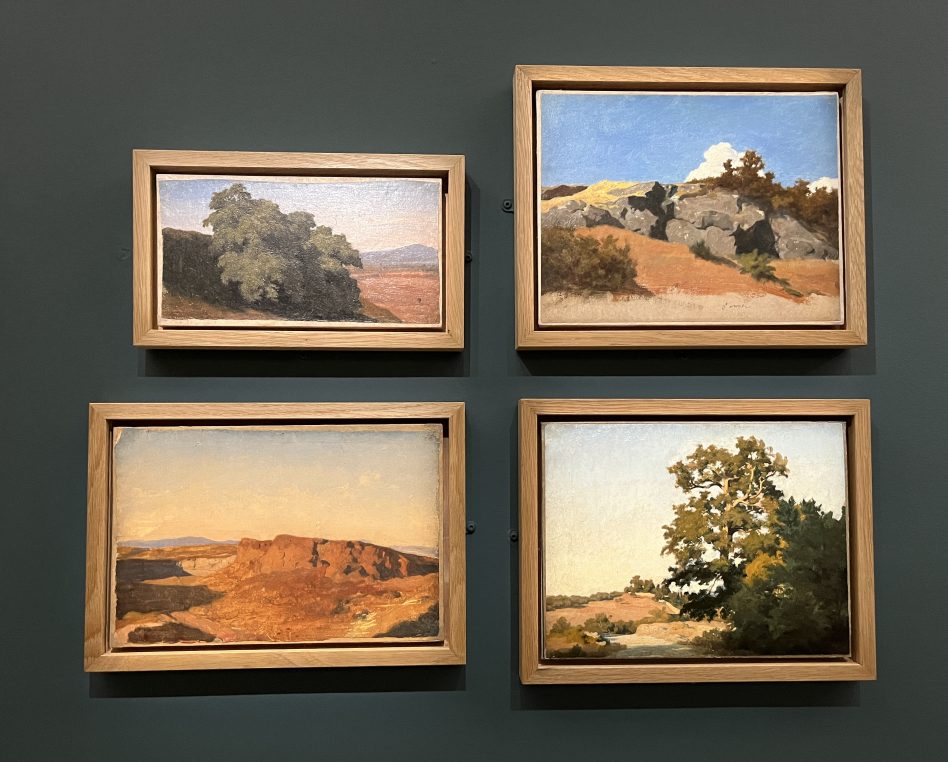
Ernest Hébert, Le Bois sacré, Ischia, massif rocheux, Sentier rocailleux, Sentier vers Marino, Paris Musée National Ernest Hébert
This is what is so fun at Musée d’Orsay. You can wander around for hours and discover amazing, unknown paintings in the corridors or small exhibition rooms. Your eye is the master.
Until May 8, Musée d’Orsay.
Share this Post
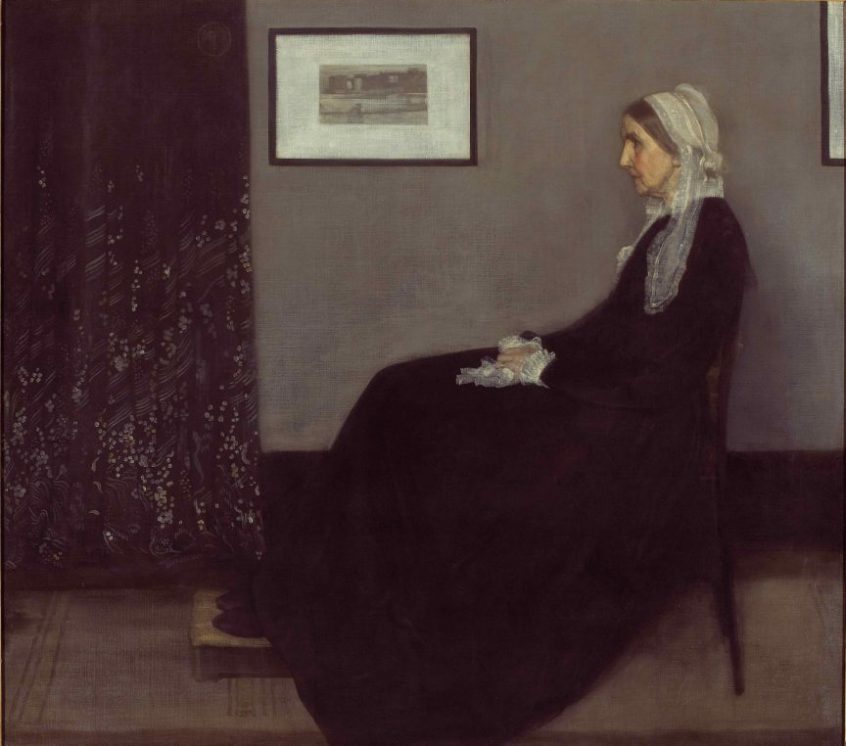
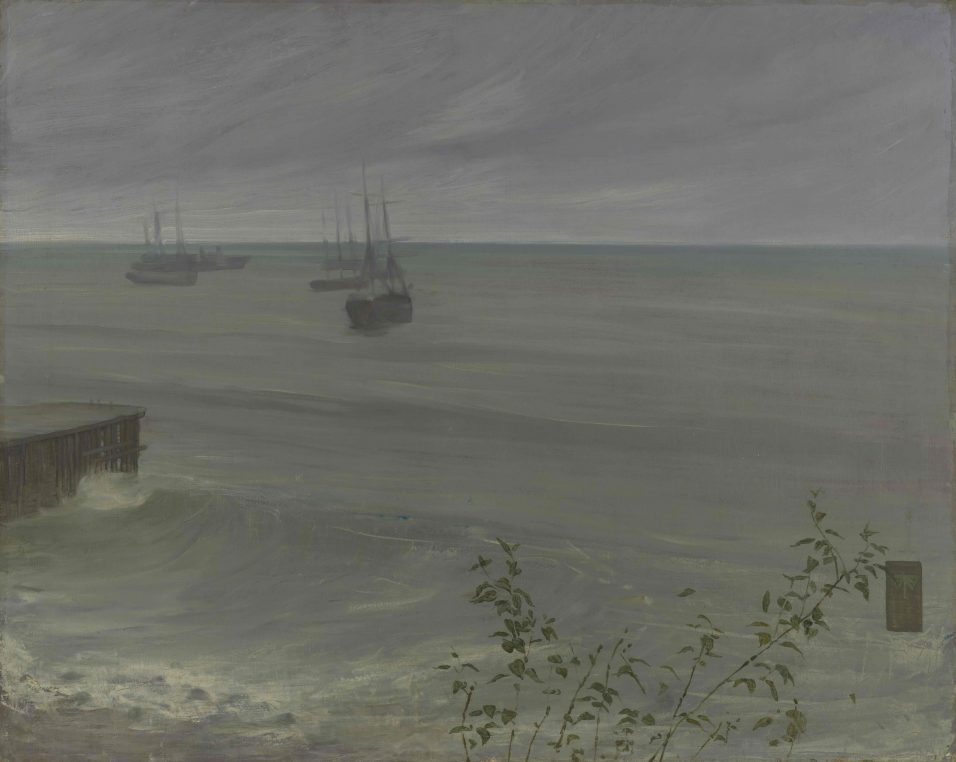
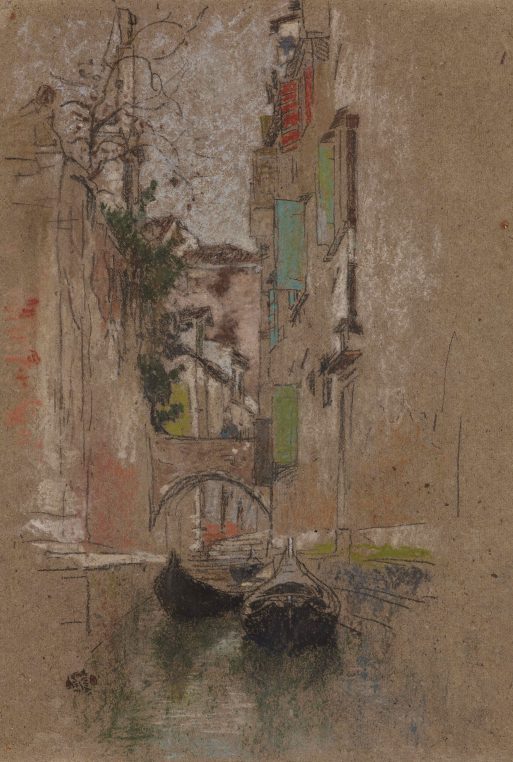
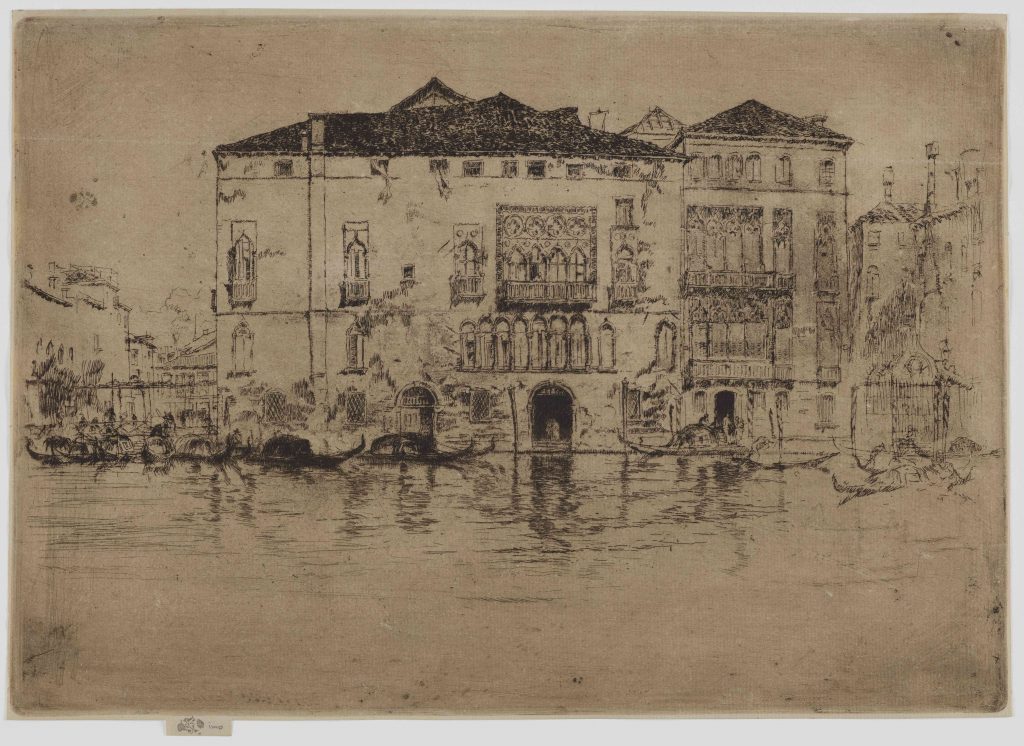

2 Comments on “Whistler came from the Frick to Orsay in minimal form”
Museée d’Oray, always a treat. The collections, the Art Nouveau furniture and last but not least, the building itself. A pity there were so few Whistlers, one of my favourite painters. Thanks for describing your visit so vivid. Tuesday’s start good with your newsletter.
Good Morning Laure,
Thanks for your prompt and brilliant comments about Whistler exhibition.
We were also there yesterday for the opening, and I can tell you that Christophe was there, welcoming every one.
Best
Dorothée Joly